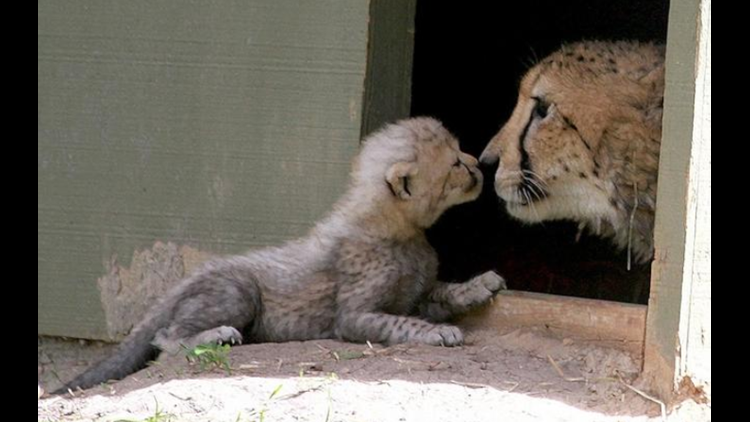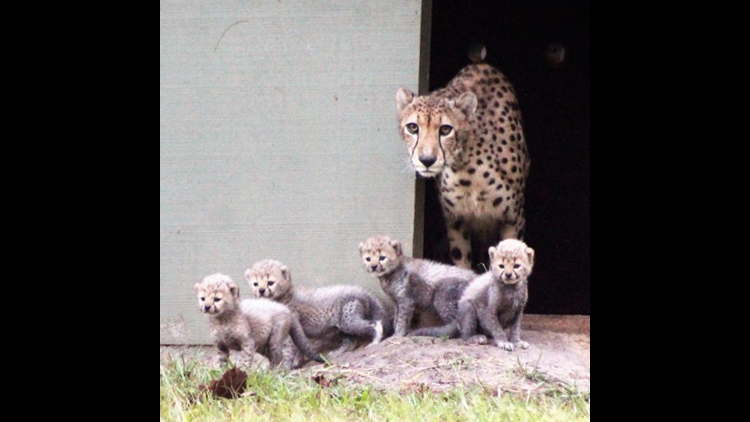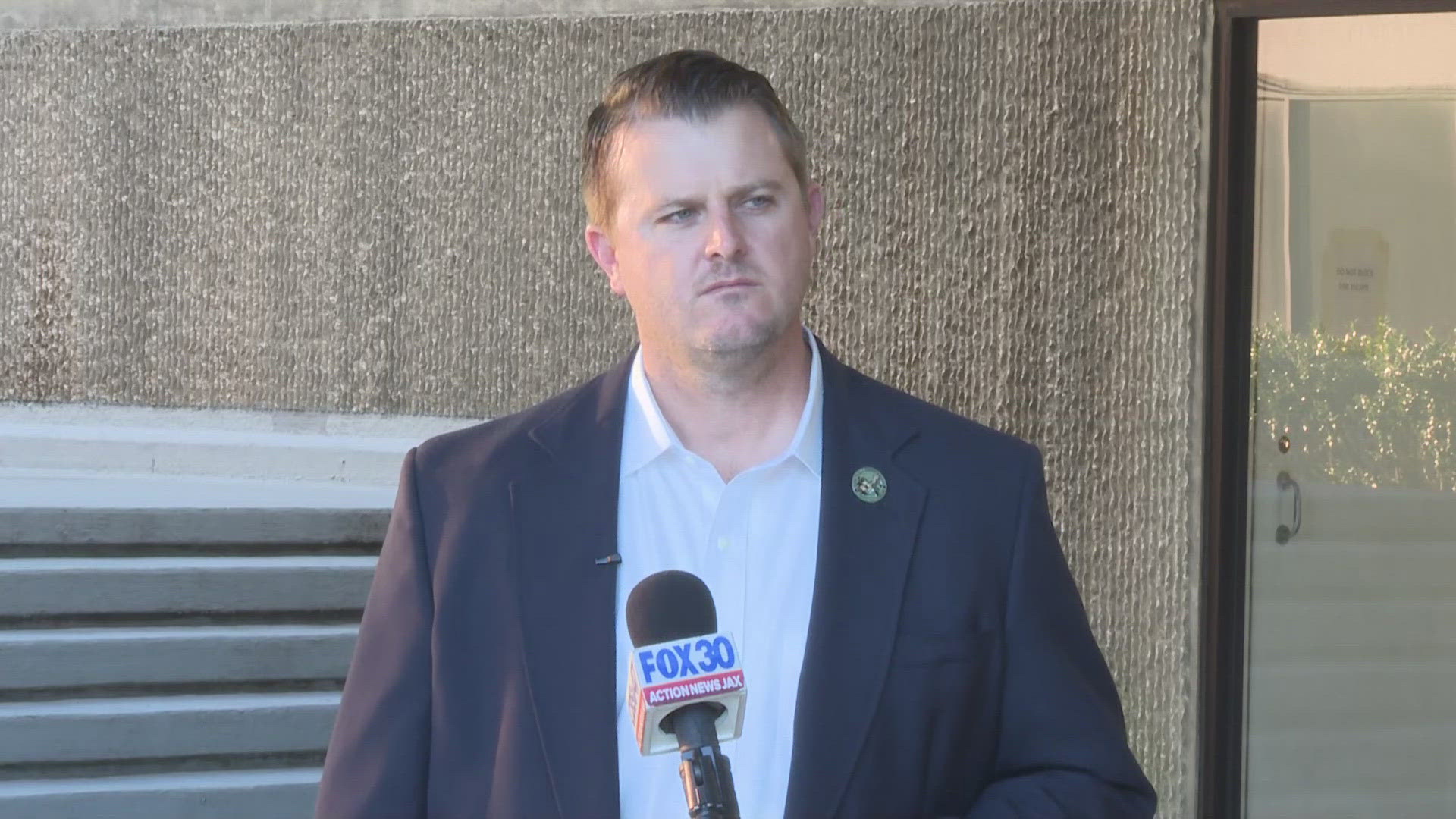Rambunctious and endearing, four cheetah cubs born recently at White Oak Conservation, a nonprofit wildlife refuge in Nassau County, are starting to explore their world with their devoted mom’s vigilant guidance.
The two female and two male cubs, born Oct. 6 without any complications and being reared by their mother Oronsay, represent a conservation victory for the species that scientists say is vulnerable to extinction.
Numbering only about 7,000 remaining in the wild, cheetahs are struggling to survive. Their numbers have plunged as a result of poaching, habitat loss and degradation, the illegal wildlife trade and because of ranchers who kill them to protect livestock.
“We are proud these four cubs bring us closer to saving this species from extinction. Exceptional planning and care are needed to ensure the cheetah’s survival, and days like this make us hopeful for the future,” Mark Walter said.
Both philanthropists, Walter and his wife, Kimbra, own White Oak Conservation, encompassing about 17,000 acres on the banks of the St. Marys River at Yulee roughly 30 miles north of Jacksonville.
White Oak is respected internationally for its work to save endangered species and habitats. It provides a refuge for at least 17 endangered and threatened species. It’s considered a global conservation leader known for innovative science, education, training and collaborations.
All healthy and thriving, the cheetah cubs are Oronsay’s second litter. Oronsay is 8 1/2 years old and came to White Oak from Busch Gardens. The cubs’ father, Wookie, 4, was born at White Oak. This is his first litter, said Brandon Speeg, director of conservation for White Oak.
Female cheetahs typically have litters ranging from three to five cubs. Females tend to separate themselves and live solitary lives, while males stay together in groups called coalitions.
Speeg said the cubs likely will remain with Oronsay until they are about 1 1/2 to 2 1/2 years old. White Oak will follow a natural timeline specific to the family group when determining when to separate them from her, he said.
The cubs won’t be released into the wild. Instead they will remain as part of the North American insurance population of the species, he said.
“The North American population is scientifically managed to maintain genetic diversity and a healthy population, so they may go to a different organization or stay at White Oak, depending on where they will be the best genetic match for future mates,” Speeg said.
The cubs don’t have names yet.
“The cheetah care team likes to wait until they develop personalities before naming the individual cubs, so it will be a few months,” Speeg said of when they will be named.
A total 187 cubs composing 52 litters have been born at White Oak since 1985 when the refuge established its cheetah conservation program.
“Each cheetah born at White Oak is an important addition and contributes to sustaining a global population of these unique cats,” said Steve Shurter, chief executive officer of White Oak.
The birth of the cubs happened about the same time as White Oak hosted a conference of cheetah experts from across the world Oct. 22-26 to share information and strategize on improving the long-term outlook for the species, Shurter said.
Cheetahs once ranged across the entire African continent — except for the Congo Basin — and into Asia from the Arabian Peninsula to eastern India. Currently, cheetahs are found in only 9 percent of their historic range. They are extinct in their Asian range except for about 50 animals in Iran, according to the Cheetah Conservation Fund.
Cheetahs are the fastest land animals, capable of 60- to 70-mph bursts of speed to catch prey including antelope, hares or birds. The big cats communicate by making high-pitched chirping sounds that are almost bird-like.









